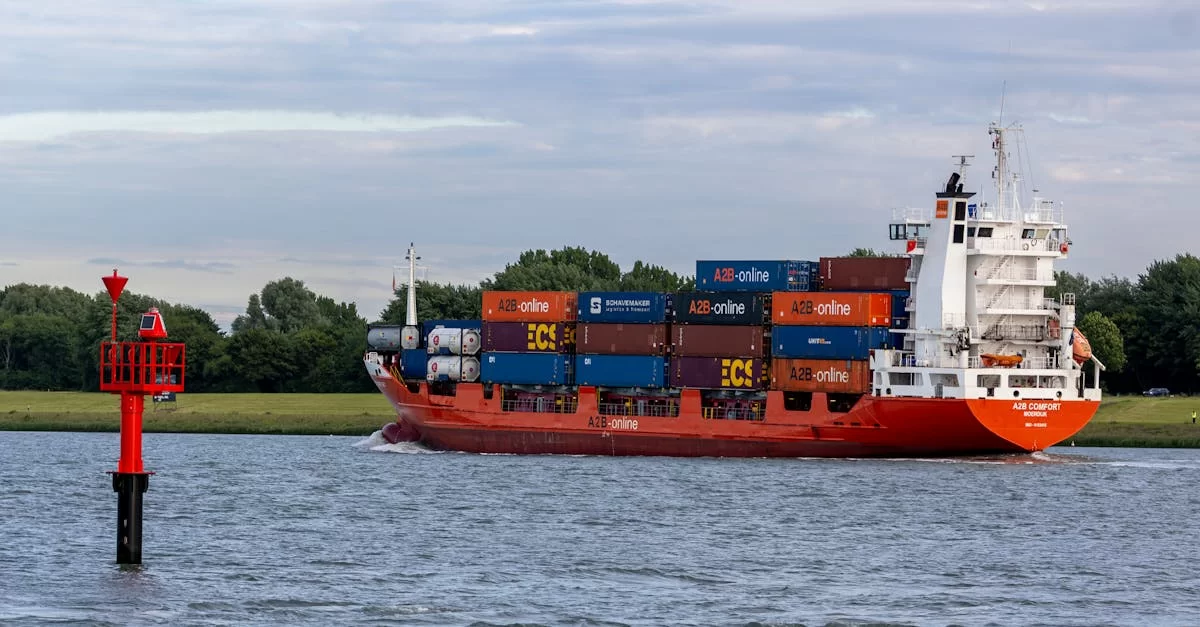In the lab late at night, Mr. Mao was staring anxiously at a string of complex customs codes on his computer screen. This 2-million-yuan cryo-electron microscope had been stuck in the bonded zone for 3 weeks, while the research progress bar of the adjacent lab was catching up at a visible pace...
The Dilemma of "International Buyers" in the Ivory Tower

In recent years, the annual growth rate of imported equipment by universities has averaged 17%, but Mr. Mao from the procurement office of a 985 university revealed: "90% of research groups have fallen into foreign trade agent traps". From misunderstandings of tax exemption policies to errors in technical parameter translation, or even returns due to non-compliant packaging, every step can pause research progress.
- Case 1: A biology lab lost 13% of its tariff benefits because it misdeclared a "cell culture incubator" as a "thermostatic incubator".
- Case 2: An 800,000-yuan spectrometer was detained during customs inspection due to lack of CCC certification.
- Case 3: After the precision instrument arrived, the voltage system was found to be incompatible, and modification costs exceeded 15% of the total equipment price.
The "Invisible Value Chain" of Professional Agents
A senior consultant from Zhongmaoda points out that high-quality agency services should include:
- Policy Deciphering: A combination of the Ministry of Education's tax exemption list + Customs classification pre-ruling
- Risk Firewall: Full-process risk control from Certificate of Origin to ATA Carnet
- Technical Bridge: Accurate multi-language conversion of professional terminology (e.g., ISO/IEC standard comparison)
Five Golden Rules for Choosing an Agent
Be vigilant when you receive quotes that:
- Claim "100% tax-inclusive" but cannot provide customs pre-ruling documents
- Have agency fees 30% lower than the industry average but demand full payment
- Receive foreign currency payments into a personal account
It is recommended to use the "3+2" verification method: comparison with 3 companies + on-site inspection of 2 successful cases.
The Future is Here: Imagining Smart Customs Clearance
With the application of blockchain traceability technology, a university automatically triggered customs declaration processes via smart contracts, reducing the import cycle from 45 days to 12 days. This reminds us: When choosing an agent, it's not just about what they can do now, but also about their ability to iterate technology.
Has your lab's imported equipment also gone through a "fantastic voyage"? Feel free to share practical experiences not found in textbooks in the comments section. In the next issue, we will reveal: How to reverse-optimize research equipment procurement budgets using customs data.

Recent Comments (0) 0
Leave a Reply